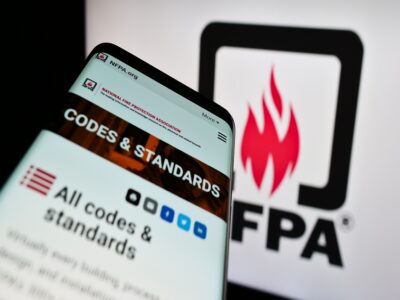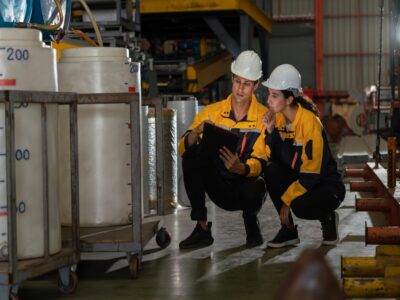What training topics does Stonehouse offer?
We have a growing list of process safety courses, although many of the courses we deliver are tailored to meet specific industry or client requirements. Our principal courses cover the following topics:
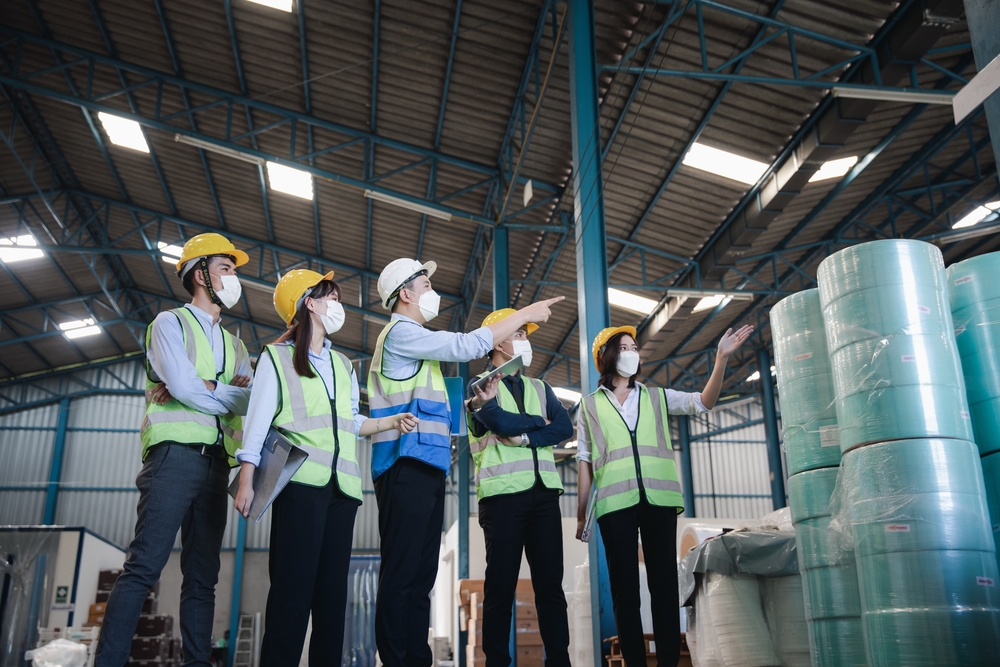
Process Hazard Analysis (PHA) Training
These courses explain the systematic approach to the assessment of hazards of an industrial operation or process. Covered are the standardized techniques such as HAZOP, Checklist, What-if and others, designed to identify causes and prevent fires, explosions and toxic releases.
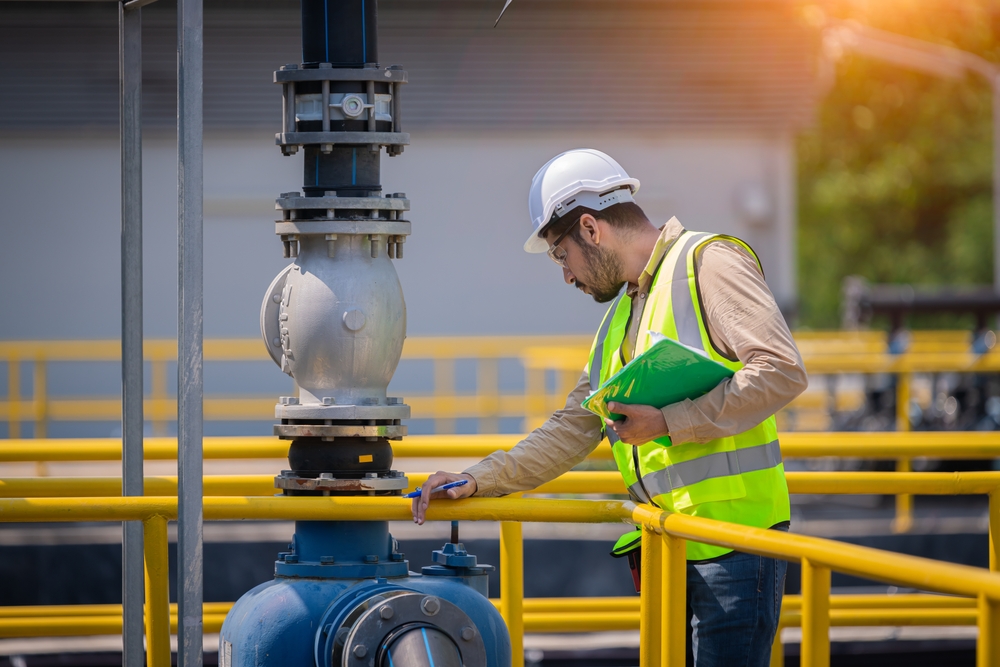
Process Safety Management (PSM) Training
These courses examine both the regulatory environment and systematic approaches designed to prevent the release of any substance defined as ‘highly hazardous’. This framework is essential for ensuring safety in industries that handle ‘large quantities’ of hazardous chemicals.
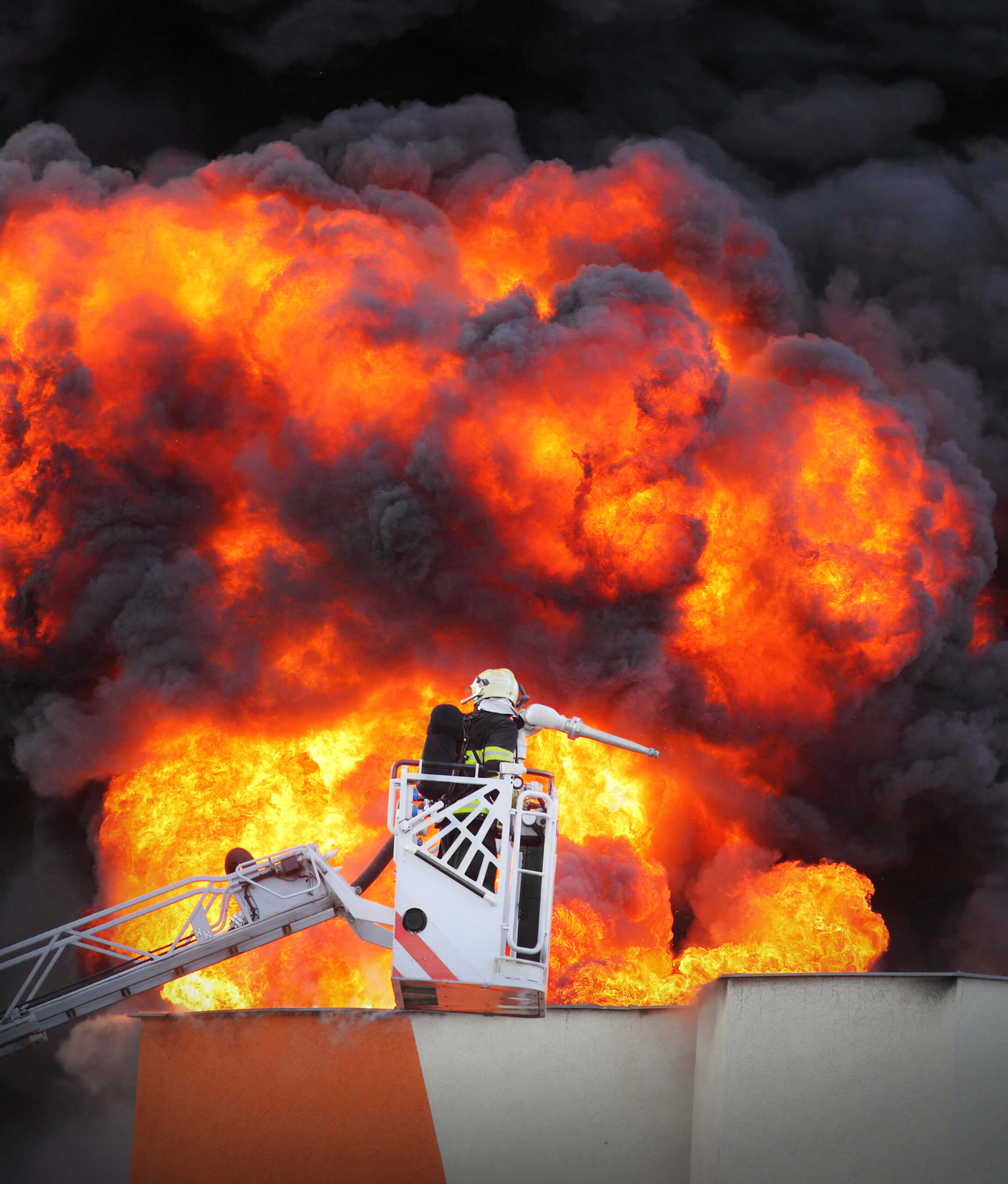
Dust Explosion Training
These courses discuss and illustrate how dust explosion hazards arise and the practical techniques available for both preventing dust explosions and protecting people and facilities from their effects.
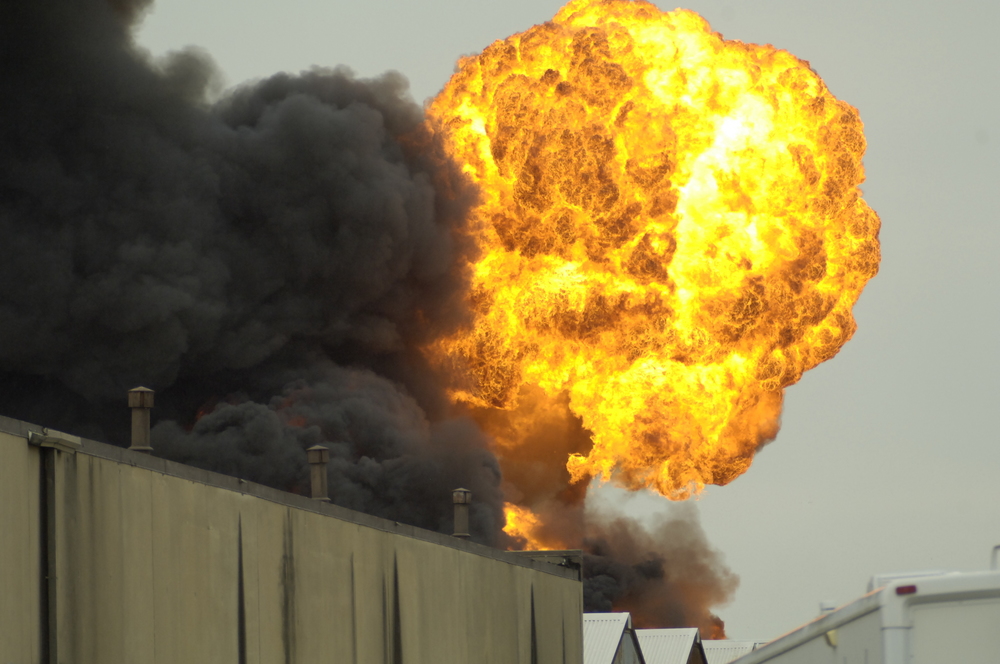
Industrial Explosion Training
These courses show how flash fire and explosion hazards arise in manufacturing processes, how they can be systematically identified and assessed and how the most appropriate basis of safety can be selected and implemented.
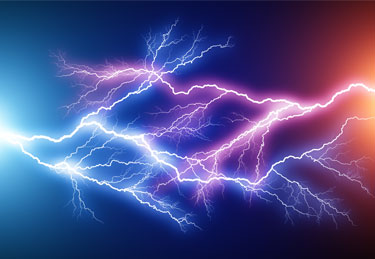
Electrostatic Hazard Training
These courses discuss and demonstrate how and where electrostatic charges are generated, how to analyze electrostatic hazards and processing problems and how to apply effective remedies.

Hazardous Area Classification Training
These courses explain how plants and facilities that handle or process flammable materials (powders, gases and vapors) are classified into divisions/zones and how those divisions/zones are used to specify electrical equipment in a facility.

Get in touch
To learn more about our expertise and services in dust explosion prevention & mitigation, call us at +1 609 455 0001 or email us at [email protected] today.
We also offer tailored virtual and in-company process safety training programs on Dust Explosions, Static Electricity and HAC (Hazardous Area Classification) and more. Find further information here.
